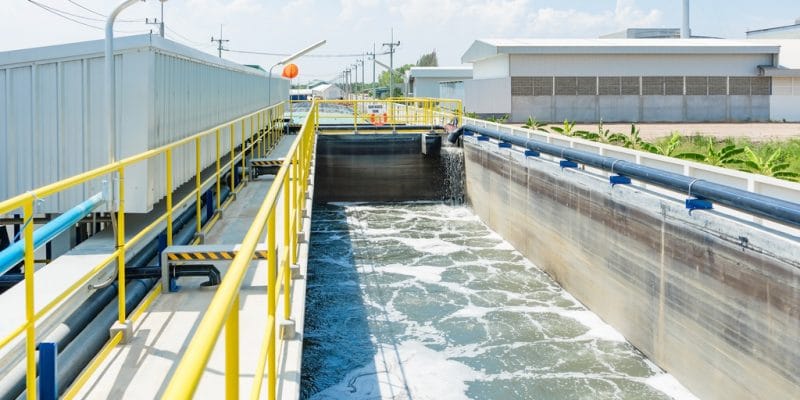Oils can become blended in wastewater, and the manner in which it is dealt with fluctuates dependent on the oil and water combination. Most nearby POTWs have Free Oil and Grease FOG release restricts set up, so makers who have oil in their water need to address it prior to releasing.
Oil has two essential structures in wastewater:
- Non-emulsified – Oil that buoys on the outer layer of the water and is all the more effortlessly eliminated before wastewater treatment.
- Emulsified – Oil that was exposed to synthetic or mechanical activity and scattered into the water. It does not skim on a superficial level and requires more modern methods for evacuation before wastewater treatment.
Treating non-emulsified oil
Non-emulsified oil can be eliminated from water by skimming or an oil water separator. Skimming should be possible at the source by skimming off the oil over a tank weir. An oil water separator can be just about as straightforward as taking care of the water into a capacity tank with a leave pipe put a brief distance underneath the highest point of the tank. This permits the oil to be emptied from wastewater treatment. There are numerous sorts of oil water separators. Each has their own quirks however all achieve a similar objective. A portion of these are:

- Tube skimmers
- Belt skimmers
- Disk skimmers
Treating emulsified oil
Emulsified oil can be taken out by decantation and skimming also, as long as it is isolated from the water first. This typically requires compound handling, contingent upon the kinds of oils. Following the substance handling, the water can be dealt with utilizing an oil water separator technique likewise with non-emulsified oil. Emulsified oil can likewise be treated without synthetically pre-treating and without utilization of an oil water separator, by utilizing physical or filtration strategies, for example,
- Membrane filtration
- Activated carbon
- Clay based materials
- Evaporation or refining
In these cases, the isolated oil ought to be assessed for dampness content to decide whether it very well may be reused. In the event that it tends to be reused, there are many organizations that will really take care of you for this asset and take to their detriment. Sometimes, emulsified oil may be available in low enough fixations that pre-treating it with a separator is pointless. Different occasions pre-treatment may not be adequately thorough to eliminate all emulsified oil. In both cases, it might be feasible to use a natural coagulant to eliminate oil during synthetic treatment for expulsion of metals and solids. Such a cycle resembles this:
1 Lower the pH to 3.5 if not as of now there.
2 Dose with inorganic coagulant.
3 Raise the pH to 9.0 – 10.0.
4 Dose with natural coagulant
5 Add an ionic polymer to deliver floc.
Water and oil do blend, and treating water containing oil can be refined utilizing different techniques, contingent on the structure, type, and centralization of oil. A wastewater treatment organization can assist you with deciding the best treatment technique for your wastewater.